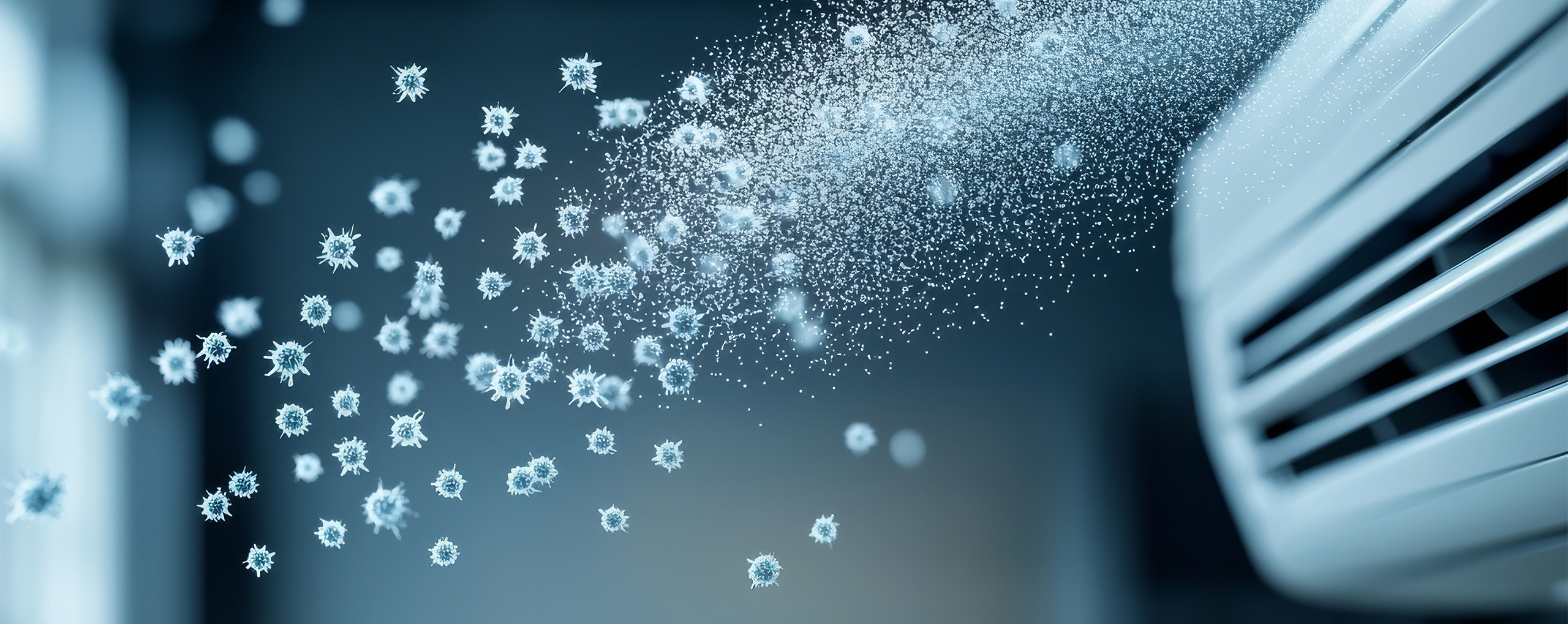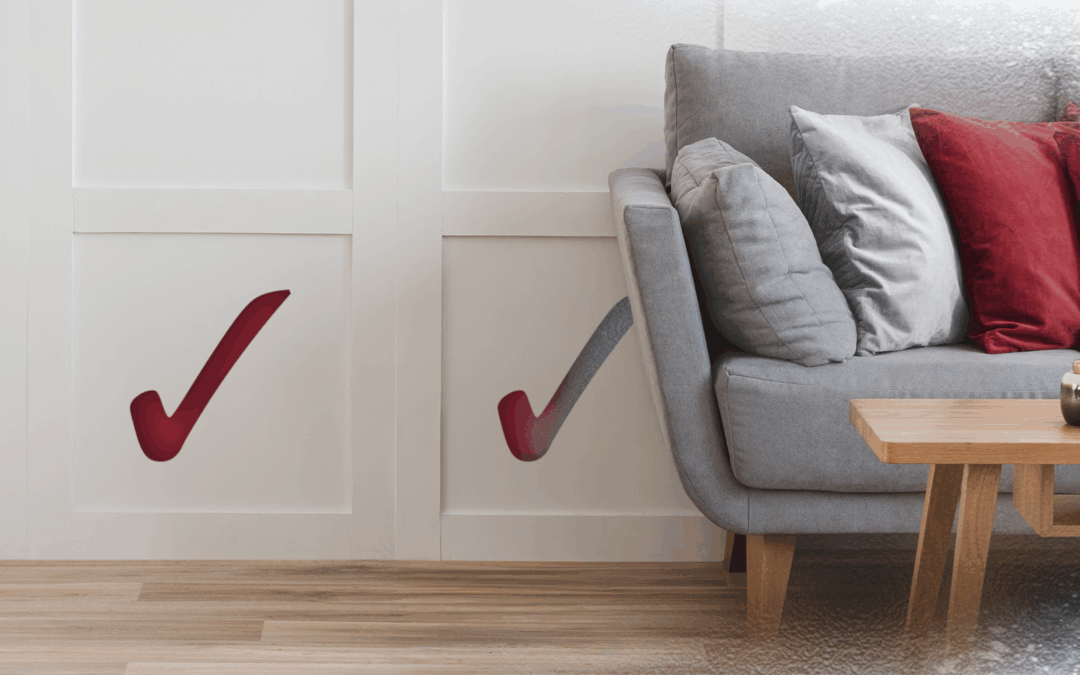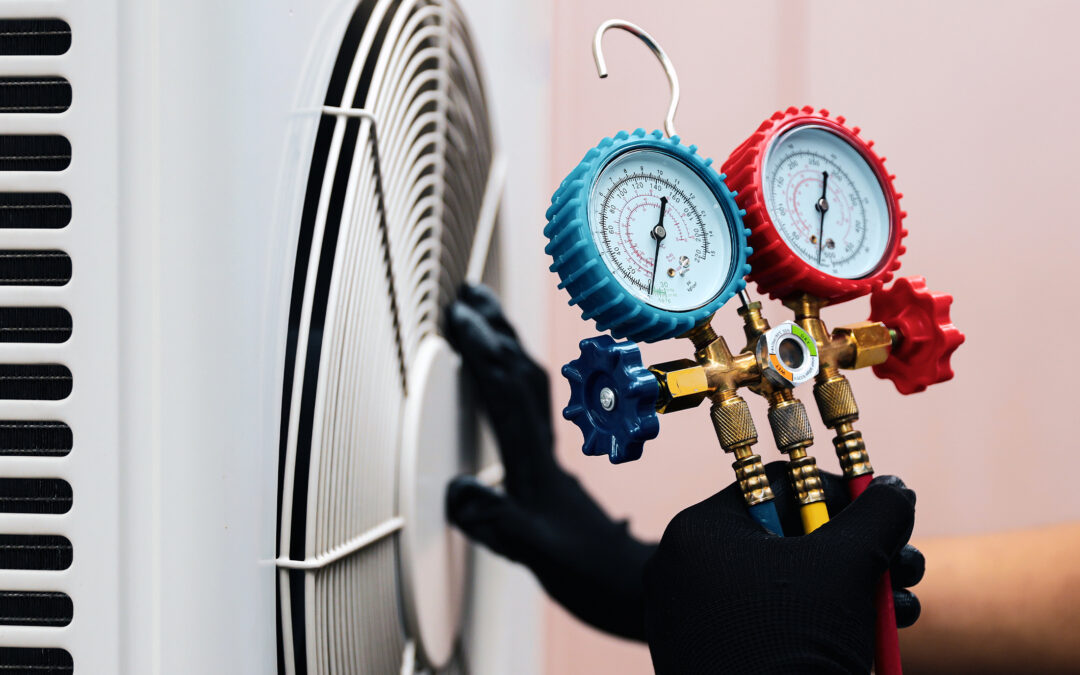Is Your HVAC System Making Your Spring Allergies Worse?
You’ve done everything right. You keep the windows closed during peak pollen hours. You shower before bed. You’ve even bought an air purifier. So why are you still sneezing your way through spring?
The answer might be circulating through your home right now.
Your HVAC system, meant to be your comfort cornerstone, could actually be your allergy antagonist. But don’t worry – with a few smart adjustments, you can turn your HVAC system into your strongest ally in the fight against spring allergies.
The Hidden Connection Between Your HVAC and Allergies
Think of your HVAC system as your home’s lungs. Just like your respiratory system, it pulls in air, filters it, and distributes it throughout your home. When it’s working properly, it’s your first line of defense against airborne allergens. When it’s not, it becomes a superhighway for pollen, dust, and other irritants.
Signs Your HVAC System Is Working Against You
- Your allergies seem worse at home than outside
- There’s visible dust around your vents
- You notice a musty smell when the system kicks on
- Your allergies improve when you’re away from home
The Filtration Factor: Your System’s First Line of Defense
Let’s talk about MERV ratings – the measure of your filter’s effectiveness. While the cheap filters from the hardware store might save you a few dollars, they’re about as effective as trying to catch butterflies with a chain-link fence.
For allergy sufferers, experts recommend filters with a MERV rating between 11 and 13. These catch up to 95% of particles ranging from 0.3 to 1.0 microns – including most pollen, pet dander, and dust mites. Just remember: higher MERV ratings mean more frequent replacements, typically every 60-90 days.
Duct Work: The Hidden Allergy Highway
Your ducts might be out of sight, but they shouldn’t be out of mind. Over years of use, they can accumulate:
- Dust and debris
- Pollen from past seasons
- Pet dander
- Mold spores
Professional duct cleaning every 3-5 years can make a significant difference in your indoor air quality. Think of it as a spring cleaning for your home’s respiratory system.
Smart Settings for Sneeze-Free Living
Your thermostat settings play a bigger role in allergy management than you might think. Here’s how to optimize your system:
- Keep the fan on “Auto” instead of “On.” This prevents your system from constantly circulating allergens.
- Maintain humidity between 30-50%. Too high, and you’re creating a paradise for dust mites and mold. Too low, and you’re irritating your nasal passages.
- Use your system’s circulating feature for 15-20 minutes before bedtime to filter out the day’s accumulated allergens.
Beyond Basic Filtration: Advanced Solutions
While good filtration is essential, consider these upgrades for extra protection:
- UV light systems that kill airborne bacteria and viruses
- Whole-home dehumidifiers to control moisture
- Electronic air cleaners that trap particles using an electrical charge
The Maintenance Must-Dos
Regular maintenance isn’t just about keeping your system running – it’s about keeping your air clean. Schedule professional maintenance twice yearly, ideally before peak allergy seasons (spring and fall). Your technician should:
- Clean or replace filters
- Check and clean drainage systems
- Inspect and clean coils
- Verify proper system operation
- Check for any mold growth
A Breath of Fresh Air: Simple Steps You Can Take Today
- Check your filter right now. If it’s dark and dirty, replace it immediately.
- Schedule a professional inspection if you haven’t had one in the past year.
- Consider upgrading your filter to a higher MERV rating.
- Monitor your humidity levels with an inexpensive hygrometer.
When to Call a Professional
If you’ve tried these solutions and still struggle with indoor allergies, it’s time for an expert evaluation. A qualified HVAC professional can:
- Perform detailed system testing
- Identify potential air quality issues
- Recommend specific solutions for your home
- Implement advanced filtration options
Remember, your HVAC system should be your ally in the fight against spring allergies, not your enemy. With proper maintenance and the right upgrades, you can transform your home into a sanctuary from seasonal sneezes.
Don't let another spring pass by in discomfort.
Take control of your indoor air quality today, and breathe easier tomorrow.




Subscribe To Our Newsletter
Join our mailing list to receive the latest news and updates from our team.
You have Successfully Subscribed!